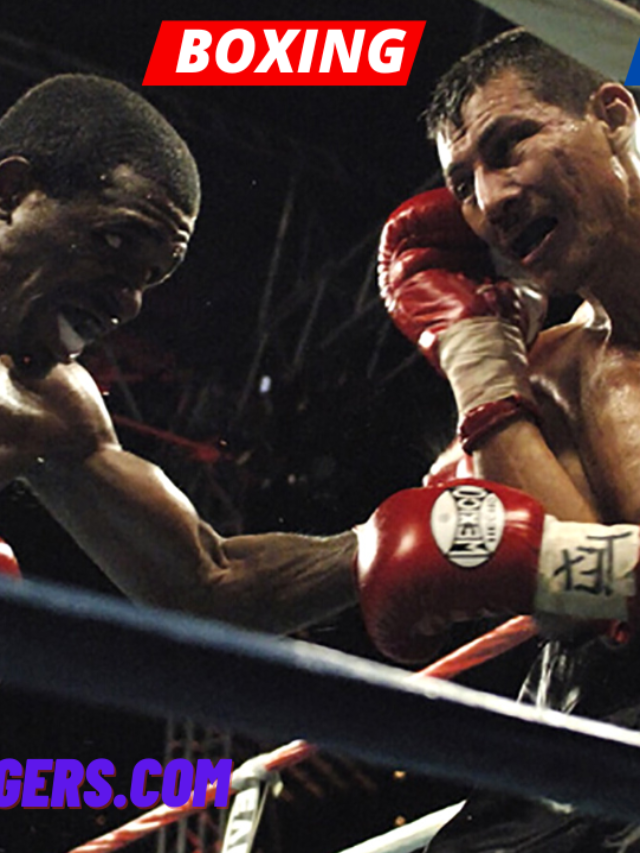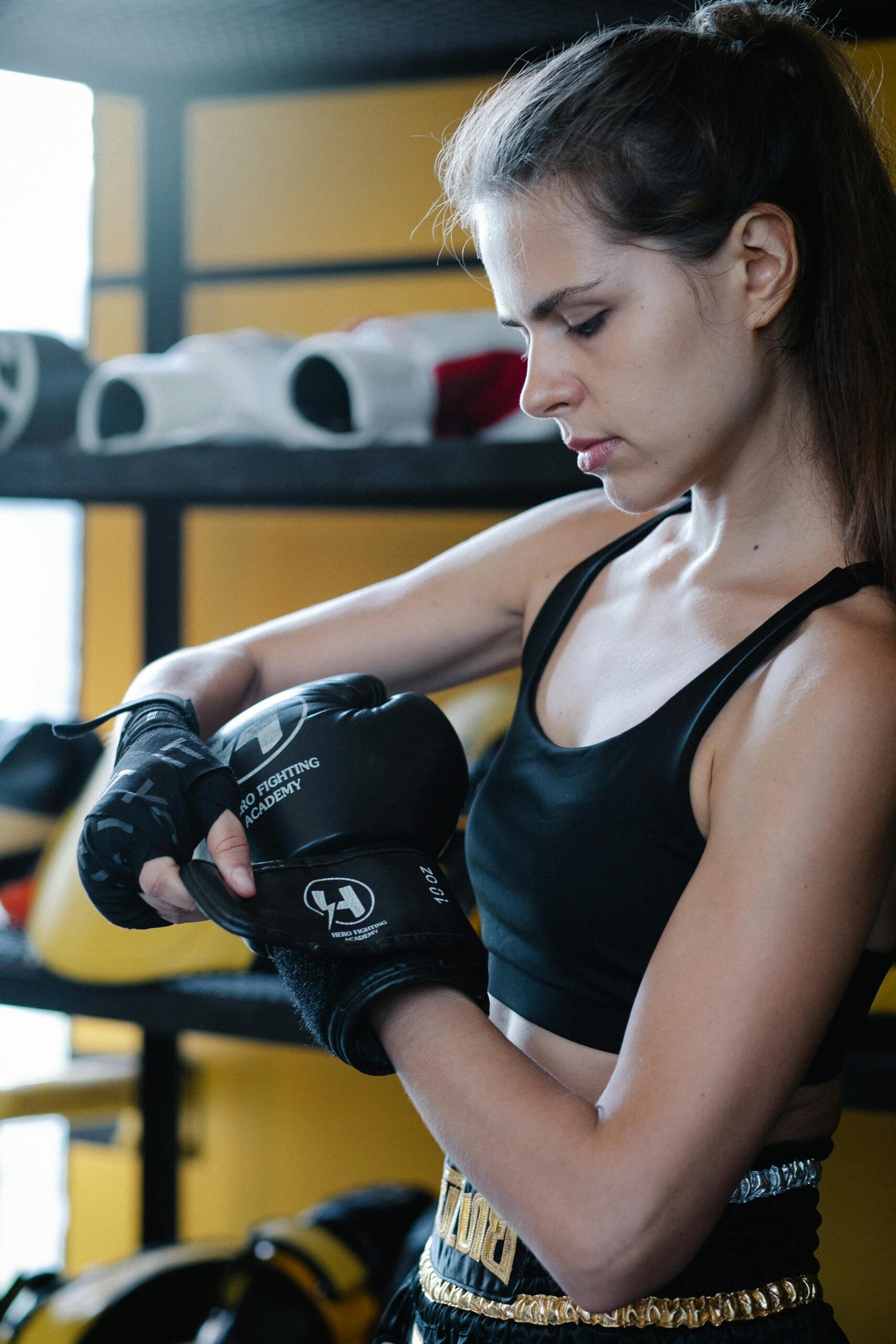
martial arts weapons:-Weapons used in the world's martial arts can be classified either by type of weapon or by the martial arts school using them.Martial arts are codified systems and traditions of combat practiced for a number of reasons such as self-defence; military and law enforcement applications; competition; physical, mental, and spiritual development; entertainment; and the preservation of a nation's intangible cultural heritage. [1]
Etymology
"Martial arts" is a direct English translation of the Sino-Japanese word (Japanese: 武芸, romanized: bu-gei, Chinese: 武藝; pinyin: wŭyì; Pe̍h-ōe-jī: bú-gē). Literally, it refers to "武 martial" and "艺 arts".
It was first used in the Japanese-English dictionary "Takenobu Japanese-English Dictionary (Collection of the National Diet Library of Japan)" published by a Japanese in 1918, and then spread to the general public in the West. This is why the term "martial arts" is now often associated with oriental martial arts that are strongly associated with orientalism, rather than simply referring to combat systems. [citation needed]
According to Paul Bowman, the term martial arts was popularized by mainstream popular culture during the 1960s to 1970s, notably by Hong Kong martial arts films (most famously those of Bruce Lee) during the so-called "chopsocky" wave of the early 1970s. [2]
According to John Clements, the term martial arts itself is derived from an older Latin term meaning "arts of Mars", the Roman god of war, and was used to refer to the combat systems of Europe (European martial arts) as early as the 1550s. [3] in contrast to the Japanese term Budo, (武道), The character Bu 武 the Chinese Han character, meaning to stopping the blades or oppose Violence, and Do 道 meaning path, translated as the path or way against violence, Denoting traditional training in Japan for the exponent was to transcend doing harm to another by redirecting the personal ego towards more positive virtuous endeavours. [citation needed]
The term martial science, or martial sciences, was commonly used to refer to the fighting arts of East Asia (Asian martial arts) up until the 1970s, while the term Chinese boxing was also used to refer to Chinese martial arts up until then. [4]
Some authors have argued that fighting arts or fighting systems would be more appropriate terms on the basis that many martial arts were never "martial" in the sense of being used or created by professional warriors. [5]
Variation and scope
This section does not cite any sources. Please help improve this section by adding citations to reliable sources. Unsourced material may be challenged and removed. (February 2021) (Learn how and when to remove this template message)
Martial arts may be categorized using a variety of criteria, including:[citation needed]
Traditional/historical arts vs. contemporary styles: e.g., folk wrestling compared to modern hybrid martial arts.
Techniques taught: armed vs. unarmed, and within these categories
armed: by type of weapon (swordsmanship, stick fighting etc.)
unarmed: by type of combat (grappling, striking, stand-up fighting, ground fighting)
By application or intent: self-defense, combat sport, choreography or demonstration of forms, physical fitness, meditation, etc.
Within Chinese tradition: "external" vs. "internal" styles
By technical focus
Unarmed
Unarmed martial arts can be broadly grouped into those focusing on strikes, those focusing on grappling, and those that cover both fields, often described as hybrid martial arts. [citation needed]
Strikes: punching and kicking techniques displayed at the Banteay Srei (967 A.D.) in Cambodia.
Strikes
Punching: Boxing, Wing Chun
Kicking: Kickboxing, Taekwondo, Capoeira, Savate, Karate, Kung Fu, Taekyyon
Elbow Strike: Kung Fu, Karate, Muay Thai
Knee Strike: Lethwei, Muay Thai, Bokator, Kung Fu
Others using strikes: Lethwei, Muay Thai, Kung Fu, Pencak Silat, Taijiquan, Vovinam
Grappling: bas-relief of grappling techniques at Prambanan (9th century) in Indonesia.
Grappling
Throwing: Hapkido, Judo, Sumo, Wrestling, Aikido, Shuai Jiao, Taijiquan
Joint lock/Chokeholds/Submission holds: Jujutsu, Brazilian jiu-jitsu, Catch wrestling, Judo, Chin-na, Taijiquan
Pinning Techniques: Judo, Wrestling, Aikido
Trapping/Clinch fighting: Wing Chun, Filipino Martial Arts, Jeet Kune Do, Muay Thai, wrestling, Judo Armed
The traditional martial arts that cover armed combat often encompass a wide spectrum of melee weapons, including bladed weapons and polearms. Such traditions include eskrima, silat, kalaripayat, kobudo, and historical European martial arts, especially those of the Italian Renaissance. Many Chinese martial arts also feature weapons as part of their curriculum. [citation needed]
Sometimes, training with one specific weapon may be considered a style in its own right, especially in the case of Japanese martial arts, with disciplines such as kenjutsu and kendo (sword), bojutsu (staff), and kyūdō (archery).coming
soon
Self-defense, military and law enforcement applications:-

Some traditional martial concepts have seen new use within modern military training. Perhaps the most recent example of this is point shooting which relies on muscle memory to more effectively use a firearm in a variety of awkward situations, much the way an iaidoka would master movements with their sword.

During the World War II era William E. Fairbairn and Eric A. Sykes were recruited by the Special Operations Executive (SOE) to teach their martial art of Defendu (itself drawing on Western boxing and Jujutsu) and pistol shooting to UK, US, and Canadian special forces. The book Kill or Get Killed, written by Colonel Rex Applegate, was based on the Defendu taught by Sykes and Fairbairn. Both Fairbairn’s Get Tough and Appelgate’s Kill or Get Killed became classic works on hand-to-hand combat.[MMATIGERSDELHI.COM]
Traditional hand-to-hand, knife, and spear techniques continue to see use in the composite systems developed for today’s wars. Examples of this include European Unifight, the US Army‘s Combatives system developed by Matt Larsen, the Israeli Army’s KAPAP and Krav Maga, and the US Marine Corps‘s Marine Corps Martial Arts Program (MCMAP). Unarmed dagger defenses identical to those found in the manual of Fiore dei Liberi and the Codex Wallerstein were integrated into the U.S. Army’s training manuals in 1942[37] and continue to influence today’s systems along with other traditional systems such as eskrima and silat.[citation needed]
The rifle-mounted bayonet which has its origin in the spear, has seen use by the United States Army, the United States Marine Corps, and the British Army as recently as the Iraq War.[38]
Many martial arts are also seen and used in Law Enforcement hand-to-hand training. For example, the Tokyo Riot Police’s use of aikido.[39]
© 2022 Framed Market. All Rights Reserved.
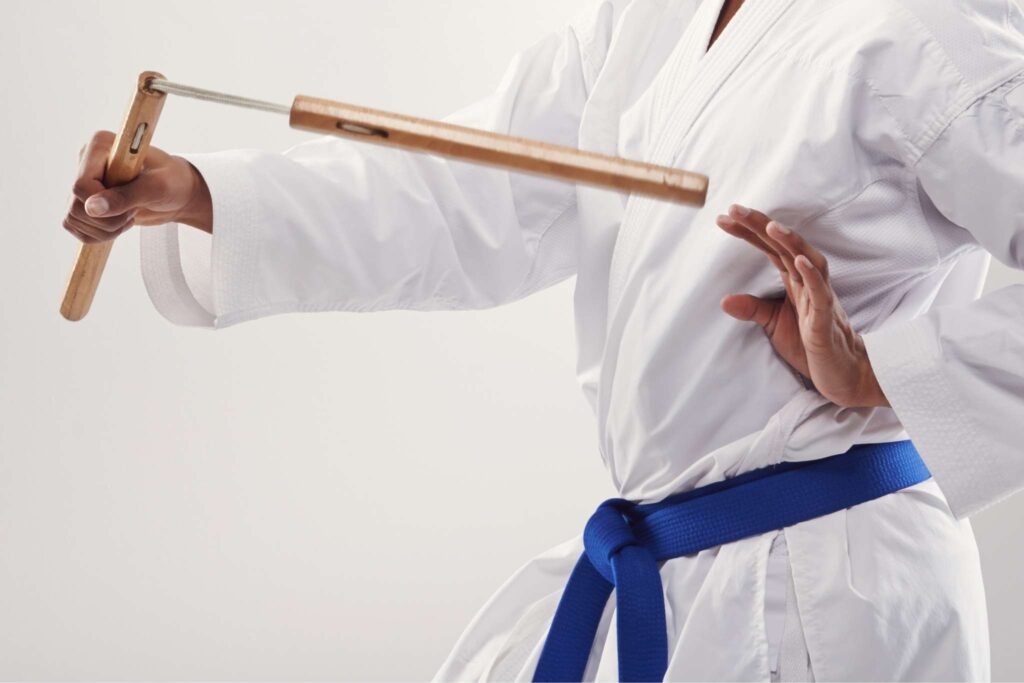
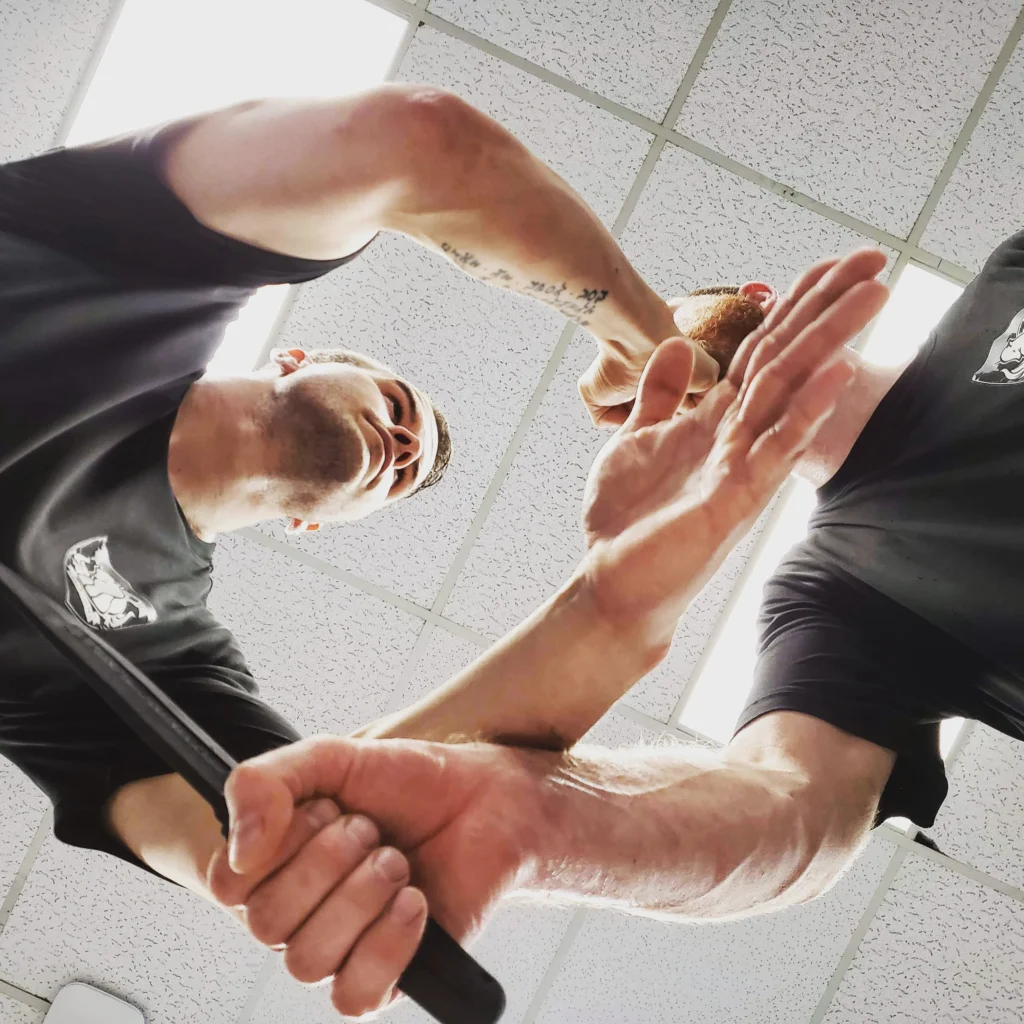


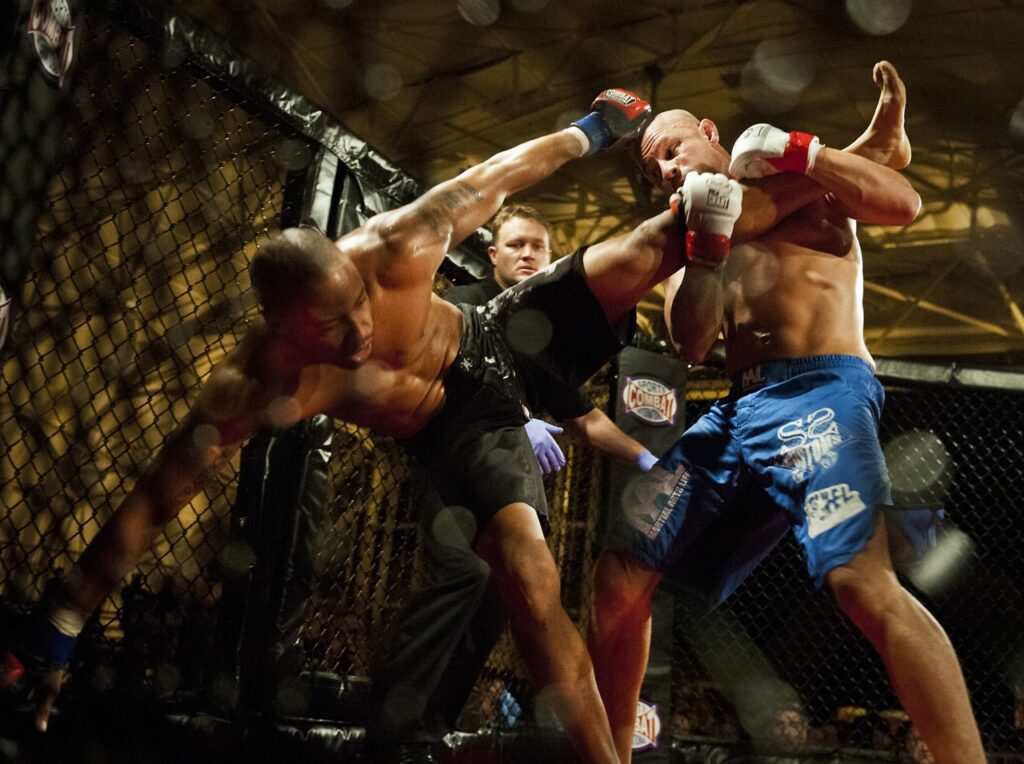
Equipment[edit]
Martial arts equipment can include that which is used for conditioning, protection and weapons. Specialized conditioning equipment can include breaking boards, dummy partners such as the wooden dummy, and targets such as punching bags and the makiwara. Protective equipment for sparring and competition includes boxing gloves, headgear and mouthguards. [44]
Martial arts fraud[edit]
Asian martial arts experienced a surge of popularity in the West during the 1970s, and the rising demand resulted in numerous low quality or fraudulent schools. Fueled by fictional depictions in martial arts movies, this led to the ninja craze of the 1980s in the United States. [45] There were also numerous fraudulent ads for martial arts training programs, inserted into comic books circa the 1960s and 1970s, which were read primarily by adolescent boys. [46]
In the seventies, lower ranks (kyu) began to be given colorful belts to show progress. This proved to be commercially viable and colored-belt systems were adopted in many martial arts degree mills (also known as McDojos and belt factories) as a means to generate additional cash. This was covered in the Penn & Teller: Bullshit! episode “Martial Arts” (June 2010). [citation needed]






